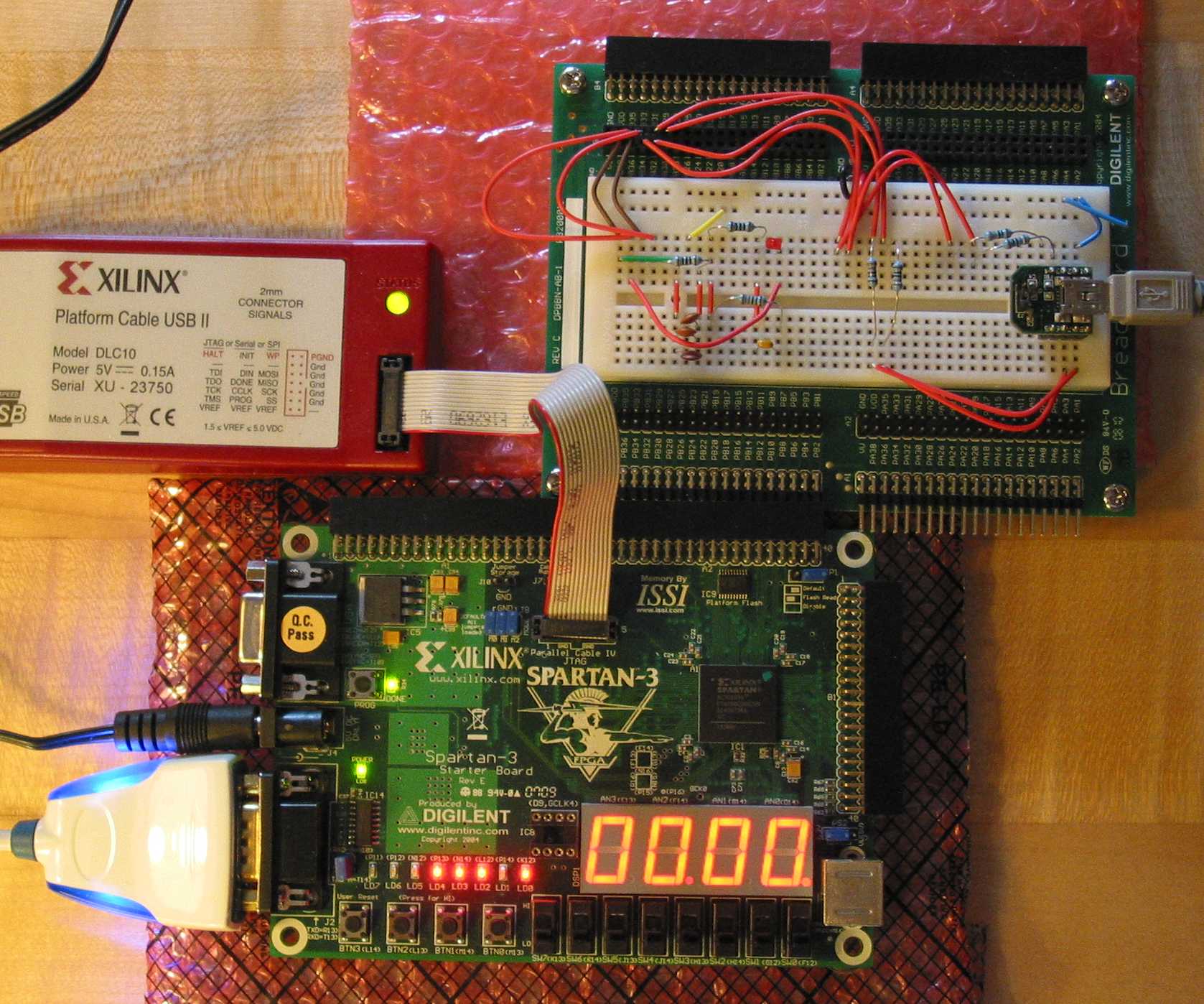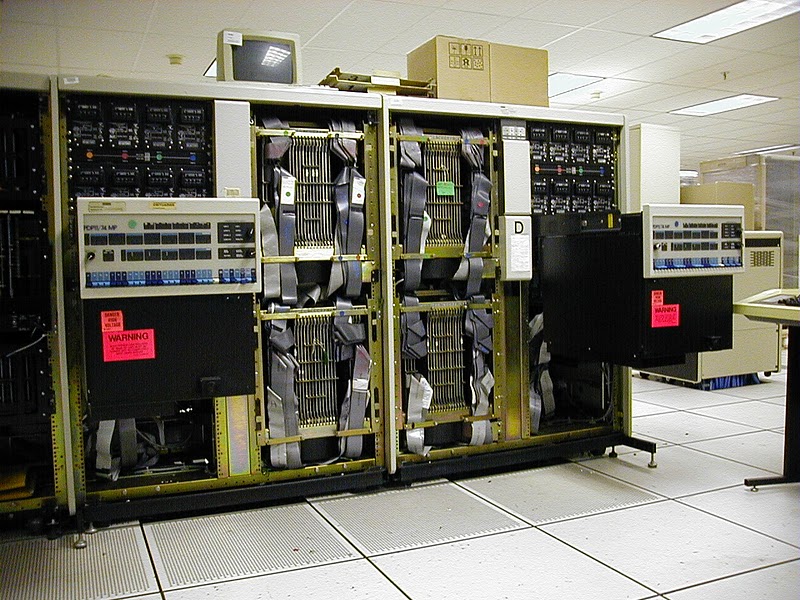Strategy
Long-term goal is to re-create a PDP-11/70mP system. This up to 4 CPU symmetric multiprocessor system was developed in the late '70s by DEC but was never marketed. See article The Never 11's . A few prototypes were built, see Figure R-2 for a picture of PHEANX/CASTOR. Some documentation has survived, like the preliminary DEC 11/70mP system manual, see also a historical summary. Full SMP support was added around 1980 to the RSX-11M-PLUS V2.0 operating system, see for example the set and remove affinity system calls in the Executive Manual (STAF$ on p 5-193 and RMAF$ on p 5-128).
The 11/70mP was based on the KB11-CM CPU which was a minimal modification of the KB11-C CPU, used in the 11/70, for basic SMP support. The famous 11/74 was based on the KB11-EM CPU with a much larger microstore and commercial instruction set (CIS) support (see Preliminary 11/74 specification). There are no plans in the w11 project to implement CIS, so the long-term goal is a modest 11/70mP and not a full glory 11/74.
Worth noting in this context is that already in 1972 a 16 node SMP system based on PDP-11 CPU's was built by W. Wulf and G. Bell at Carnegie Mellon, the C.mmp, see their paper "C.mmp--A Multi-mini-processor" for the Fall JCC 1972.
Permanent Tasks
- improve documentation, especially Tcl API
- improve verification, e.g. test benches
- resolve known issues
Short term (in work)
- lots of consolidation
- PiDP-11: support for Oscar Vermeulen's marvelous PiDP-11 front panel.
- via a Digilent CmodC2 (CPLD) based controller PCB. Connects via Pmod cable to any Digilent board.
- via a Trenz TE0725 based PCB. Fully integrated solution.
Mid term
- DEUNA: add loopback, chaining etc; support OS beyond 211bsd
- DZ11: add full modem support
Long term
- FPP Floating Point Processor: The FPP will be asynchronous, with a more efficient coupling than in the original KB11-C CPU plus FP11-C FPP combination.
- new cache system: now write-back, wider cache lines, suitable to build an 11/70MP multiprocessor system. In contrast to the original 11/70MP a state-of-the-art cache coherence will be implemented.
- configurable CPU: make CPU features build-time configurable, for example to generate stripped down w11a versions optimized as an embedded console and IO processor in larger systems.
- stand-alone system: a system with an additional w11a CPU acting as CIOP (console and IO processor) which can be operated without a backend server.
- CPU throttling: some old code, especially tests with timing loops, has problems on a fast machine....
Maybe term
Nice ideas, maybe they are realized, maybe not- TOY clock: the time-of-year clock was never part of an 11/70 system, but it is very convenient to have.
- CR11: Card reader; pure nostalgia.
- DU11: Synchronous line interface. Use with IBM 3780 RJE terminal emulation to link to an IBM System/370 mainframe emulated by Hercules; the purest nostalgia
- UDA50: MSCP disk controller, for disks like RA81.
Boards
Ports to new boards will be done when interesting products show up. Tempting boards are:- Trenz TE0890-01-25-1C: "S7 Mini": lowest cost, w11a with full 4 MB (from 8 MB onboard HyperRAM)
- Trenz TE0725-03-35: low cost, w11a with full 4 MB (from 8 MB onboard HyperRAM). Very attractive for integration with PiDP-11 front panel.
- Both can be easily combined with a TE0790 Xmod FTDI JTAG Adapter which provides JTAG via USB and a fast USB UART as found on current Digilent boards.
- Numato skoll board: Kintex-7 FPGA XC7K70T, still affordable, high speed, expect 50% higher clock rates.
Release plan for w11a
| Release | Target Date | Main release goals |
|---|---|---|
| V0.80 | t.b.d. | I/O complete (DEUNA, DZ11, buffered DL11,PC11,LP11) |
| V0.90 | t.b.d. | resolve cpu issues; add FPP, CPU complete |
| V1.00 | t.b.d. | resolve device and backend issues |
| V1.10 | t.b.d. | move ISE designs into legancy branch; VHDL-2008 code base |
| V1.20 | t.b.d. | write-back cache |
| V1.30 | t.b.d. | multi-CPU systems |
| V1.40 | t.b.d. | systems with Maintenance and IO Processor (MIOP; local IO handling) |
| V1.50 | t.b.d. | stand-alone systems |

